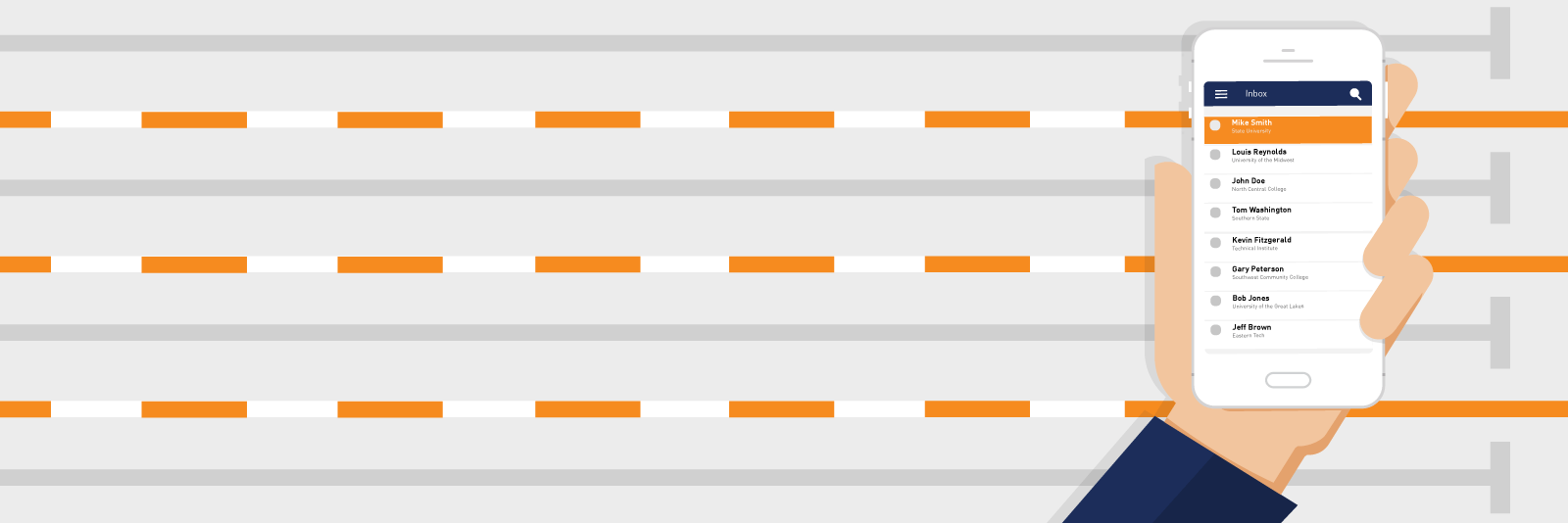Ncaa Eligibility Rules D3
ncaa rules wallpaperIn August 1973 the current three-division system of Division I Division II and Division III was adopted by the NCAA membership in a special convention. Division III rules minimize potential conflicts between athletics and academics and focus on regional in-season and conference play.

Academic Eligibility Requirements For Student Athletes
Protect the health and safety of college athletes.

Ncaa eligibility rules d3. DI Council extends eligibility for winter sport student-athletes. For students and parents with eligibility questions. There are no set NCAA Division III Recruiting Calendars.
417 211 Playing Rules Oversight Panel. NCAA Eligibility Center Certification Processing PO. The integration of athletics with the larger institution enables student-athletes to experience all aspects of campus life.
877-262-1492 toll free International Students. 404 209 Division I Membership. It is recommended that Division III institutions use the online version of the rules test in order to better ascertain compliance educational needs and.
The NCAA announced Thursday that Division III athletes can compete during the 2020-21 academic year without it counting toward their eligibility acknowledging that several sports will have their. Ultimately the minimum GPA you will need is dependent on where you fall on the NCAA sliding scale. NCAA Division III coaches are less likely to recruit an athlete who has no chance to get in on hisher own merit.
In order to be eligible for NCAA competition you must be enrolled at least 12 credit hours in a term. When it comes to decision-making our commitment is this. 404 Article 21 Committees 2102 Definitions and Applications.
Those tryouts are limited to prospective student-athletes who are seniors in high school junior college transfers or four-year transfers who have completed their basketball season. While Division III schools do not offer athletics scholarships 75 percent of Division III student-athletes receive some form of merit or need-based financial aid. The Division III Rules Test is required annually for all coaches and athletics administrators with compliance responsibilities.
Division III schools are not allowed to hold practice tryouts with college-bound student-athletes. The NCAA will only review an athletes eligibility status if their status has been requested by a DI or DII college. The NCAA oversees the NCAA Division III recruiting operations.
You will need a 22 GPA and a 840 SAT or 70 ACT sum score to be eligible at the Division II level. 417 212 Association-Wide Committees -- General Committees. The NCAA Eligibility Center certifies whether prospective college athletes are eligible to play sports at NCAA Division I or II institutions.
Back to Top. If you are planning to attend a Division III school you do not need to register with the NCAA Eligibility Center. Coaches often have very little sway with admissions so you need to help them.
Initial-Eligibility Rules Involving Tryouts. 418 213 Association-Wide Committees -- Rules Committees Without Championships. This page is experiencing technical difficulties and we are working on it.
Under NCAA rules Division I and Division II schools can offer scholarships to athletes for playing a sport. As of October 29 the NCAA D3 committee granted all 2020-21 fall winter and spring athletes an extra year of eligibility even if they participate in the 2020-21 sports season. 208 Eligibility for National Collegiate and Division Championships.
Student-athletes must be enrolled in no less than. Only Division I mens basketball is allowed to hold tryouts. This process will begin once you graduate high school complete a minimum of 16 core courseswith a minimum 23 GPA average in these coursesand earn a qualifying ACT or SAT test score.
Box 7136 Indianapolis IN 46207 OvernightExpress Mailing Address. So there it is. Share NCAA Agrees To Grant Division I III Spring Athletes Eligibility Relief on LinkedIn The NCAA has agreed to grant a year of eligibility relief to Division I and III student-athletes who.
It is intended to be a learning tool offered to the Division III membershipIt is to be taken open book in an effort to better familiarize individuals with the legislation contained in the NCAA Division III Manual. Additionally a student-athlete in Division III must be at a minimum enrolled in a full-time program of studies leading to a bachelors degree. The NCAA continues to closely monitor COVID-19 and is taking proactive measures to mitigate the impact of the virus.
It does this by reviewing the student-athletes academic record SAT or ACT scores and amateur status to ensure conformity with NCAA rules. NCAA Eligibility Center International Contact Form. College coaches at the NCAA Division III level can contact and recruit without certain dead periods contact periods and quiet periods.
Your NCAA Division III eligibility can depend on what DIII school you are applying to. Incoming student-athletes in Divisions I and II are subject to academic initial-eligibility standards which take into account standardized test scores number of core courses taken in high school and the grades earned in those core courses. The Division III recruiting rules are more relaxed than the other NCAA divisions.
Division III schools may not offer any athletic scholarships. The minimum GPA you can have and still be NCAA eligible for DI is a 23 GPA and a 900 SAT or 75 ACT sum score. Division III features student-athletes who are subject to the same admission standards academic standards housing and support services as the general student body.
In addition to NCAA requirements they also must also meet the unique acceptance requirements of the university they plan to attend those requirements. Typically you are a full-time student if you are enrolled for at least 12 credit hours in a term even though some NCAA schools define a full-time student as someone who takes fewer than 12 credit hours in a term.

